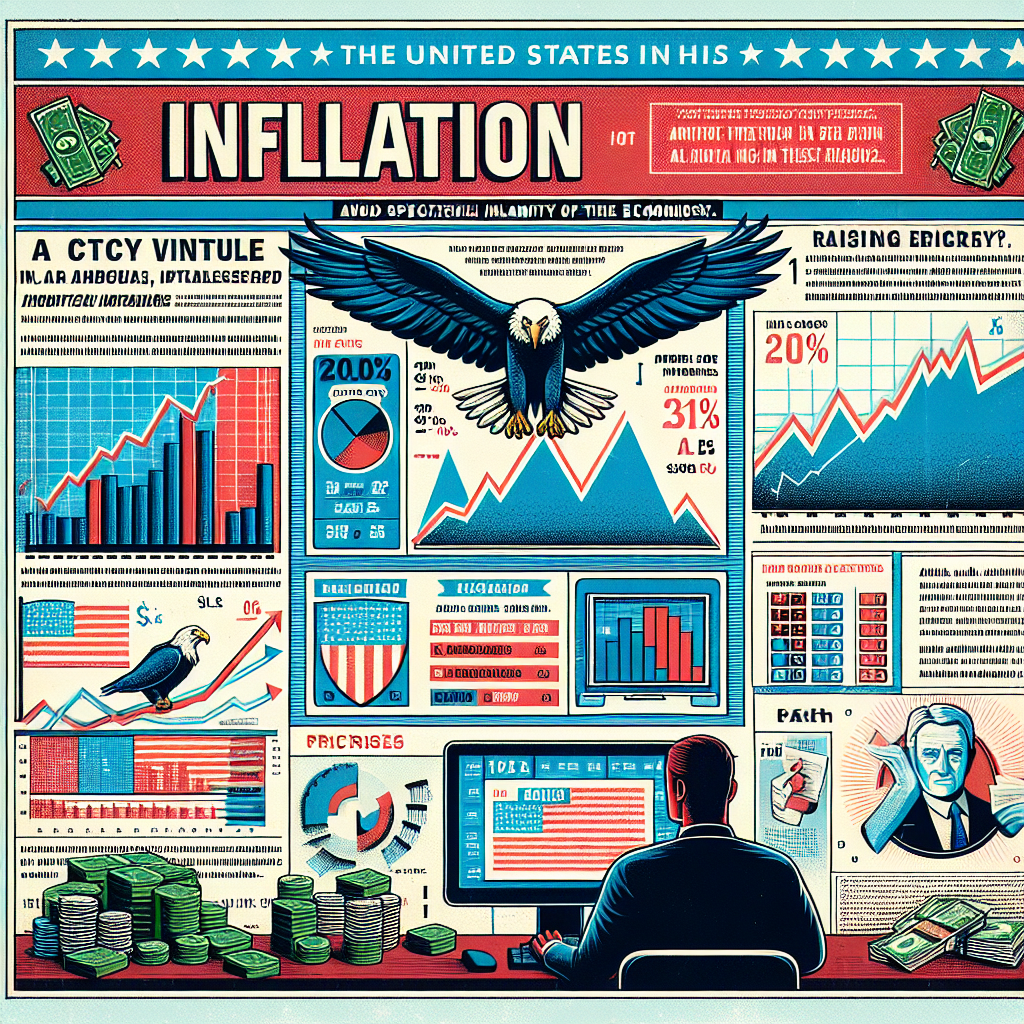Understanding Inflation in the US – 2025: Trends, Impacts, and Insights
Introduction to Inflation in 2025
Inflation has been a persistent topic in the US economy, particularly as we navigate the complexities of economic recovery post-2020. In 2025, several factors are converging to shape inflation trends, making it crucial for consumers and investors to stay informed. Our analysis draws on insights from leading Data Analysts and Market News Monitor agents, providing a comprehensive overview of the current inflation landscape.
We expect the inflation rate to exhibit a fluctuating pattern throughout 2025 due to ongoing supply chain disruptions, geopolitical tensions, and shifting consumer demands. By understanding these dynamics, stakeholders can make more informed decisions regarding their financial strategies and investments.
Key Drivers of Inflation in 2025
Supply Chain Disruptions
The COVID-19 pandemic has fundamentally altered global supply chains, and its aftermath continues to affect various sectors. As demand for goods has rebounded, supply has struggled to keep up, leading to increased prices. For example, industries like semiconductors and raw materials have seen significant price hikes owing to shortages.
Moreover, companies may face higher transportation and production costs, which are typically passed down to consumers. Investors and business owners should keep close tabs on sector-specific trends, as these disruptions can create both challenges and opportunities in the marketplace.
Geopolitical Factors
International politics also play a vital role in inflation trends. Trade tensions, sanctions, and economic policies from key players such as China, Russia, and the EU can influence US inflation rates. Any shifts in tariffs or trade agreements could directly impact commodity prices and hence consumer prices.
Stakeholders need to be aware of how these political dimensions could affect the broader economy. Monitoring news outlets and economic forecasts can assist investors in preparing for potential market volatility due to these geopolitical factors.
Economic Landscape and Forecasts
Inflation Projections
Current projections by market analysts indicate that the inflation rate could remain elevated in 2025, with forecasts suggesting a range between 3% to 5%. This assumes average consumer demand coupled with erratic supply chain recovery. If consumer spending increases significantly as people return to normalcy, inflation could surpass these estimates.
It is essential for consumers to adjust their budgeting strategies to account for possibly rising prices in essentials such as food, gas, and housing. Financial advisors recommend keeping an eye on price indices, as these will provide critical information about inflation trends.
Investment Strategies During Inflation
In an inflationary environment, traditional investment strategies may need to be revisited. Historical data shows that certain asset classes, like commodities and real estate, often perform better during inflationary periods. Conversely, cash savings tend to lose purchasing power.
Investors should consider diversifying their portfolios to include assets that traditionally keep pace with or outpace inflation. Engaging with a financial advisor can help tailor investment strategies based on individual risk tolerances and financial goals.
Conclusion: Staying Informed for Better Decisions
In conclusion, understanding the multifaceted nature of inflation in 2025 will empower individuals and businesses to navigate the uncertain economic landscape more effectively. By considering the key drivers of inflation, projections for the future, and adapting investment strategies accordingly, readers can position themselves for financial success.
For ongoing updates and insights on inflation and other economic trends, we recommend subscribing to our financial newsletter. Additionally, you can follow our social media accounts for real-time updates on market news and economic analysis. By doing so, you will stay ahead in the ever-evolving financial environment.
